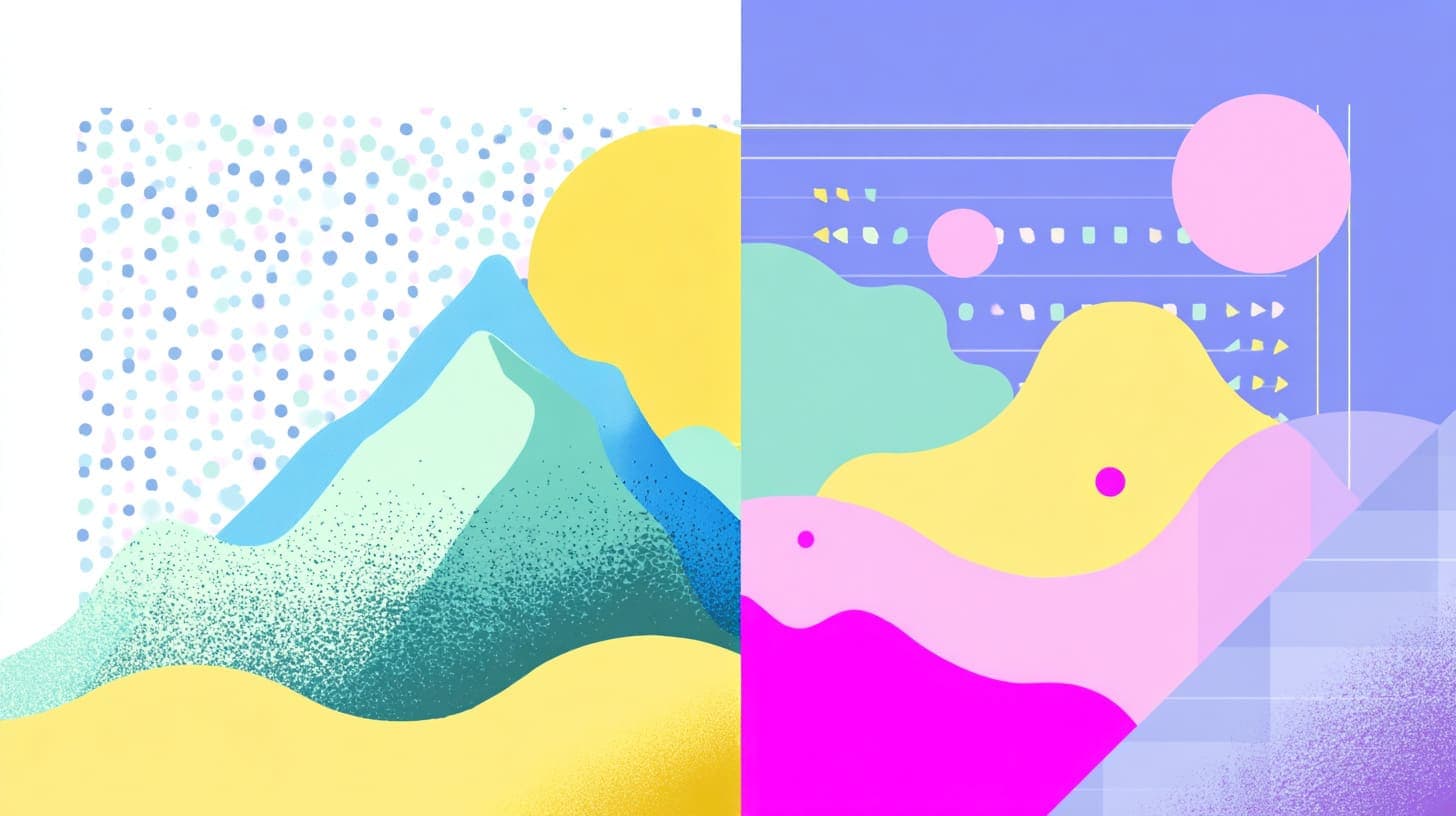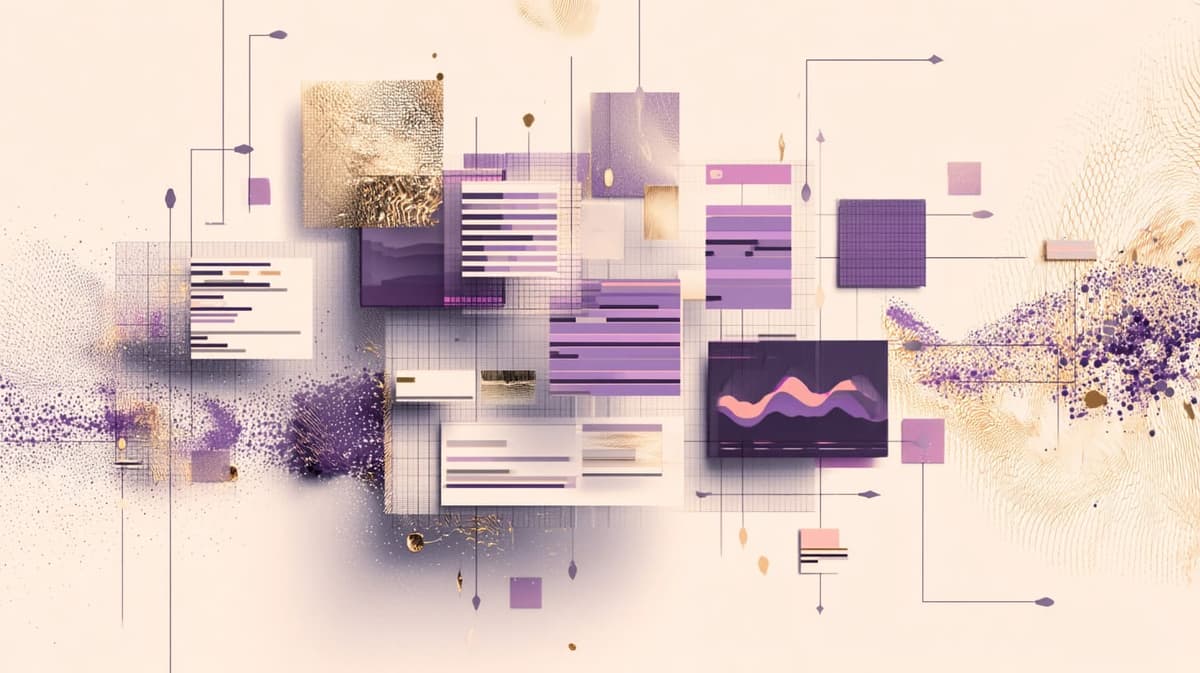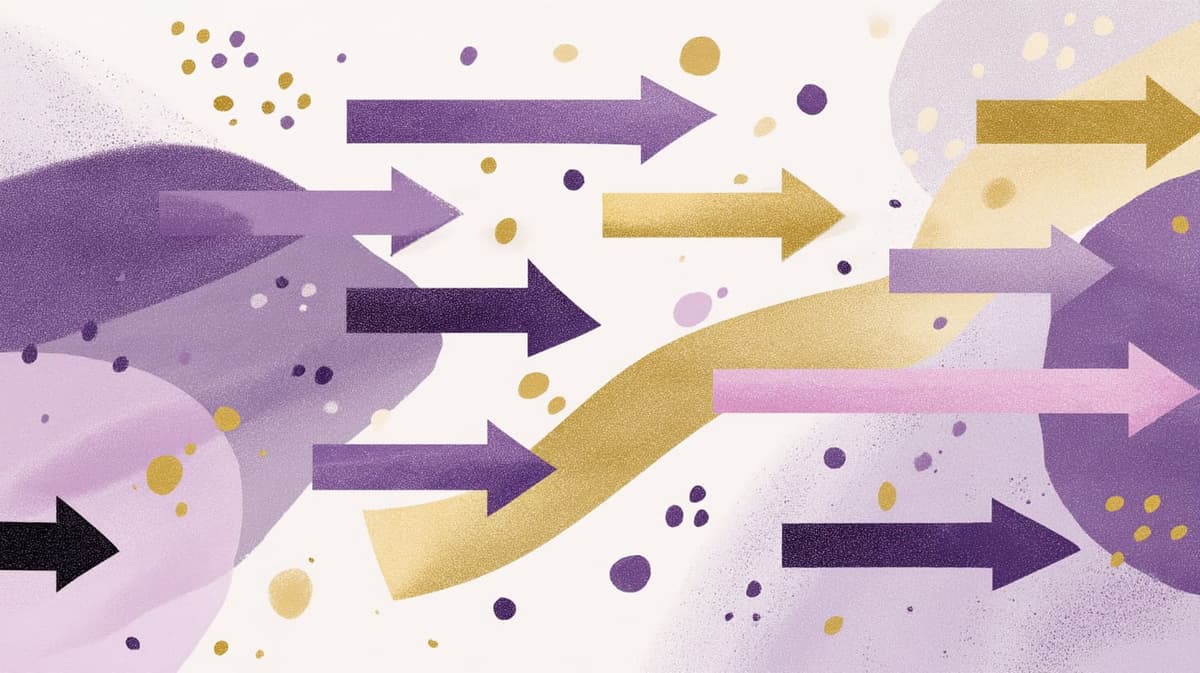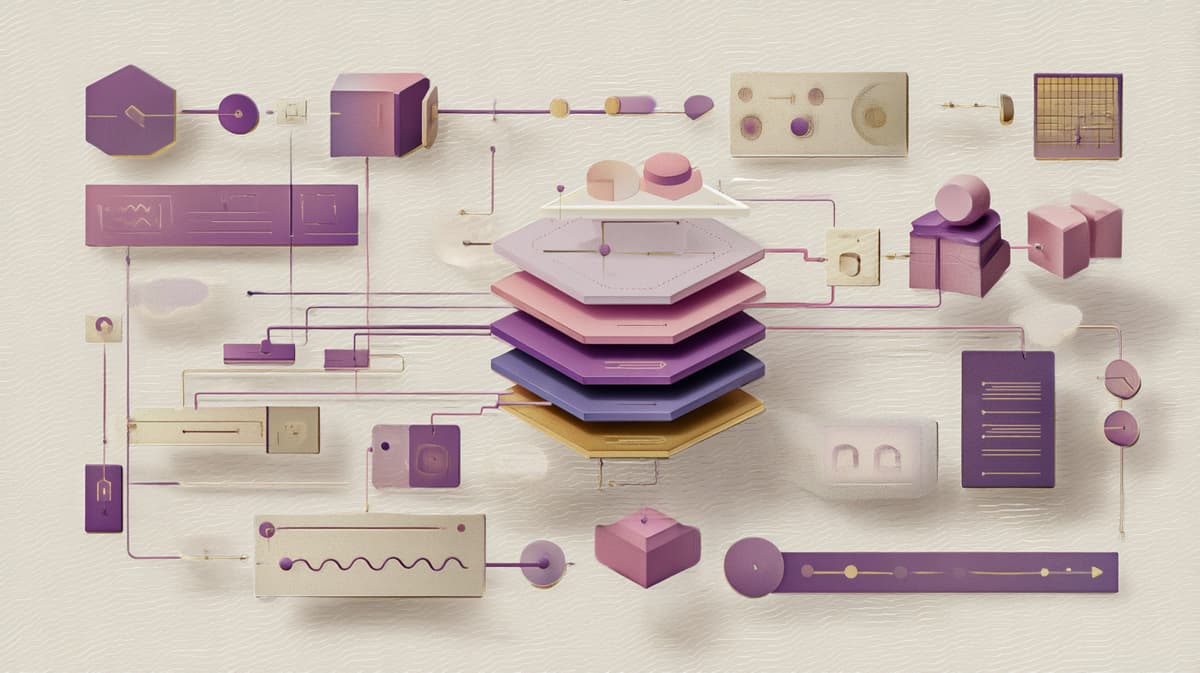
The Magic of Turning Noise into Art

Imagine a world where machines can dream up vivid images, captivating music, and creative designs—all from random static. Welcome to the fascinating realm of diffusion models, the AI wizards behind DALL-E 2, Midjourney, and Stable Diffusion.
These models are redefining what's possible with generative AI, enabling machines to conjure up stunning creations that rival human imagination. But how do they work their magic? Let's dive in and demystify the science behind the art.
The Diffusion Dance: From Order to Chaos and Back

At the heart of diffusion models lies a mesmerizing two-step dance: the forward process and the reverse process.
Step 1: The Forward Process (Diffusion) 🎲
Think of the forward process as a game of telephone, where the original message gets progressively noisier with each whisper. In diffusion models, this "message" is a real data sample, like an image. The model starts by adding a sprinkle of random noise to the image. Then, it repeats this process over many tiny steps, gradually transforming the once-clear picture into pure, chaotic noise.
It's like watching a photo dissolve into TV static, pixel by pixel. This process is inspired by the natural diffusion of particles, where molecules spread out randomly over time, as explained by IBM.
Step 2: The Reverse Process (Denoising) 🔄
Now here's where the real magic happens. The reverse process is like hitting the rewind button on the noise-adding game. The model learns to undo the chaos, step by step, until it reconstructs a clean, coherent image from the sea of noise.
It's a bit like unscrambling a jigsaw puzzle, piecing together meaningful patterns from the jumbled mess. The model trains itself to predict and remove the noise at each step, effectively "denoising" the data. Kanerika's blog post breaks down this process in more detail.
Why Diffusion Models Are the Talk of the AI Town
So why are diffusion models causing such a buzz in the AI community? Here are a few reasons:
1. Stunningly Realistic Outputs 😮
Diffusion models are the Michelangelos of the AI world, crafting outputs that are incredibly realistic and diverse. They often outshine earlier generative models like GANs and VAEs in terms of quality and variety. With diffusion models, you get images that look like they were plucked straight from reality, as showcased by SuperAnnotate.
2. Stable and Scalable Training 📈
Training diffusion models is like baking a cake—it's a lot more stable and predictable than the temperamental soufflés of other generative models. The step-by-step nature of the diffusion process makes training less prone to the dreaded "mode collapse," where models get stuck producing limited varieties of outputs.
Plus, diffusion models can handle high-dimensional data like a champ, making them perfect for complex tasks like generating high-res images and videos. Coursera's article dives deeper into the training stability of diffusion models.
3. Versatility Across Domains 🎭
Diffusion models are the Swiss Army knives of generative AI—they can tackle a wide range of tasks across different data types. From photorealistic image synthesis to audio generation, from medical imaging to data augmentation, these models are proving their versatility in countless domains.
They're the jack-of-all-trades that are masterfully bridging the gap between different modalities, paving the way for more advanced multi-modal AI systems.
Real-World Applications: Diffusion Models in Action
Enough theory—let's see diffusion models in action! Here are a few exciting real-world applications:
1. Creative Design Tools 🎨
Diffusion models are revolutionizing the creative process by enabling AI-powered design tools that can generate stunning visuals from text prompts. Imagine describing your dream logo or product mockup, and having an AI assistant bring it to life in seconds.
Tools like Microsoft Designer, powered by DALL-E 2, are already putting this technology into the hands of creators.
2. Enhancing Scientific Research 🔬
From drug discovery to climate modeling, diffusion models are accelerating scientific breakthroughs. They can help identify promising drug candidates by generating and analyzing molecular structures, or improve climate predictions by generating realistic scenarios based on existing data.
The ability to create synthetic data that mimics real-world patterns is a game-changer for researchers.
3. Personalized Content Creation 📹
Imagine a future where your favorite virtual influencer or gaming avatar is powered by a diffusion model. These AI content creators could generate personalized images, videos, and even interactive experiences tailored to your interests.
Diffusion models could enable a new era of dynamic, user-centric content that blurs the line between the real and the virtual.
Getting Started with Diffusion Models

Ready to dip your toes into the world of diffusion models? Here's a quick-start guide:
-
Explore web-based tools like DreamStudio or DALL·E 2 to get a feel for what diffusion models can create from simple text prompts.
-
Dive into the theory with Hugging Face's free course on diffusion models. It's beginner-friendly and includes hands-on notebooks.
-
Experiment with open-source models like Stable Diffusion to generate your own images locally. Follow this guide by Scale AI to get started.
-
Join the community on forums like Hugging Face's Discord to learn from others, ask questions, and share your creations.
Remember, the world of diffusion models is vast and constantly evolving. Don't be afraid to explore, experiment, and let your creativity run wild!
The Future of Diffusion Models
As we've seen, diffusion models are already pushing the boundaries of what's possible with generative AI. But what does the future hold? Here are a few exciting possibilities:
-
More efficient and controllable models that can generate outputs faster and with greater precision, thanks to advances in model architecture and training techniques.
-
Multi-modal systems that can seamlessly generate and manipulate data across different modalities, like text, images, audio, and video.
-
Personalized generative AI assistants that can create content tailored to your preferences and style, learning from your feedback over time.
-
New creative industries built around AI-generated content, from virtual fashion to procedural game worlds.
Of course, with great power comes great responsibility. As diffusion models become more advanced, we'll need to grapple with important questions around ethics, bias, and the role of human creativity in an AI-driven world.
But one thing is clear: diffusion models are here to stay, and they're ready to paint a new picture of what's possible with artificial intelligence.
Wrapping Up
Phew, that was quite the journey through the wonderland of diffusion models! We've seen how these AI magicians can conjure up incredible images, audio, and more from pure noise, thanks to their mesmerizing diffusion-denoising dance.
We've explored the reasons behind their rise to fame, from their stunning output quality to their versatility across domains. We've even peeked into the future to imagine where diffusion models might take us next.
But the most exciting part? You now have the knowledge and resources to start experimenting with diffusion models yourself. Whether you're a curious creator, a budding researcher, or just a fan of mind-blowing AI, there's never been a better time to dive in and explore.
So go forth and create! Let your imagination run wild, and see what kind of magic you can unleash with the power of diffusion models. The future of generative AI is in your hands—and it's looking brighter (and noisier) than ever.
Happy diffusing! 🎉